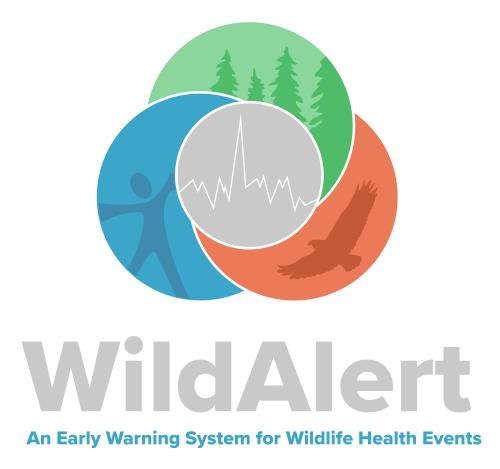WildAlert

WildAlert provides timely, accurate information on where wildlife disease events are occurring or have occurred to facilitate decision making and improve our understanding of health threats. The system allows for monitoring, filtering, visualizing, and disseminating information on wildlife morbidity and mortality events, facilitating early and enhanced detection of health threats.
Through an automated process, updating 24/7 and 365 days of the year, the system integrates pre-diagnostic clinical data entered in near real-time from a network of wildlife rehabilitation organizations in California. It classifies clinical pre-diagnostic data into relevant clinical classifications (e.g., neurologic disease) based on a natural language processing algorithm, generating alerts when more than the expected number of wildlife cases are recorded across the rehabilitation network. Users can specify surveillance targets of interest based on specific species, taxa, and clinical classifications for wildlife cases.
WildAlert was developed by investigators at the Wild Neighbors Database Project, Karen C. Drayer Wildlife Health Center, the Wildlife Health Lab of the California Department of Fish and Wildlife, in partnership with a network of wildlife rehabilitation organizations in California.
For more information on the pilot system (version 1.0), see:
Kelly TR, Pandit PS, Carion N, Dombrowski DF, Rogers KH, McMillin SC, Clifford DL, Riberi A, Ziccardi MH, Donnelly-Greenan EL, Johnson CK. Early detection of wildlife morbidity and mortality through an event-based surveillance system. Proceedings of the Royal Society B. 2021 Jul 14;288(1954):20210974.

